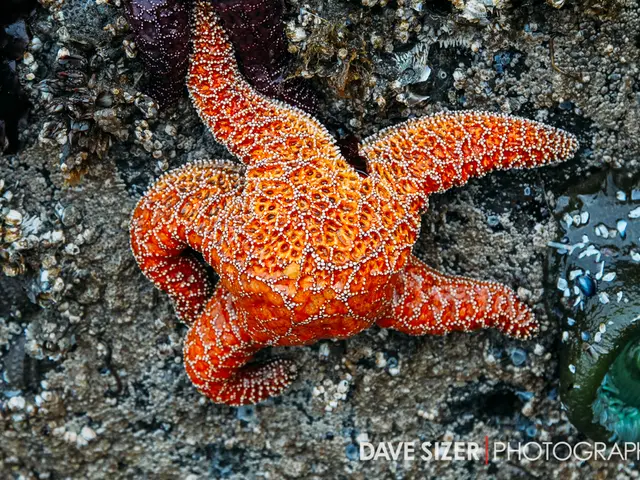DNA Impact in Space Conditions - Defining Terms & Comprehensive Discussion - Glossary of Astrobiology
In the vast expanse of space, living organisms face unique challenges, one of the most significant being the potential impact on DNA. Deoxyribonucleic acid (DNA), often referred to as the 'building block of life,' carries the genetic instructions for the development, functioning, growth, and reproduction of all living organisms.
Exposure to space radiation, such as cosmic rays, solar radiation, and high-energy particles, can lead to DNA damage, mutations, and other genetic alterations. These genetic alterations may have long-term consequences on human health, potentially leading to mutations, chromosomal abnormalities, an increased risk of cancer, and other health issues.
Luckily, living organisms have evolved DNA repair mechanisms to counteract DNA damage caused by space radiation. However, high levels of space radiation can overwhelm these repair mechanisms, leading to an accumulation of DNA damage and potential mutations.
To combat this, researchers at the GSI Helmholtzzentrum für Schwerionenforschung in Darmstadt are currently investigating DNA protection against the effects of the space environment for long-duration missions. Their focus lies on understanding DNA repair mechanisms and developing radiation shielding materials like lithium hydride to protect astronauts from cosmic radiation.
Strategies to protect DNA from the effects of the space environment also include developing shielding materials and personal dosimeters for astronauts. It is essential to understand the potential risks associated with DNA damage in space and develop strategies to mitigate these effects to ensure the safety and well-being of astronauts on long-duration missions.
Research into advanced DNA repair mechanisms and protective technologies can help mitigate the impact of space radiation on DNA, ensuring that future space exploration can continue without compromising the health of those who venture into the cosmos.





